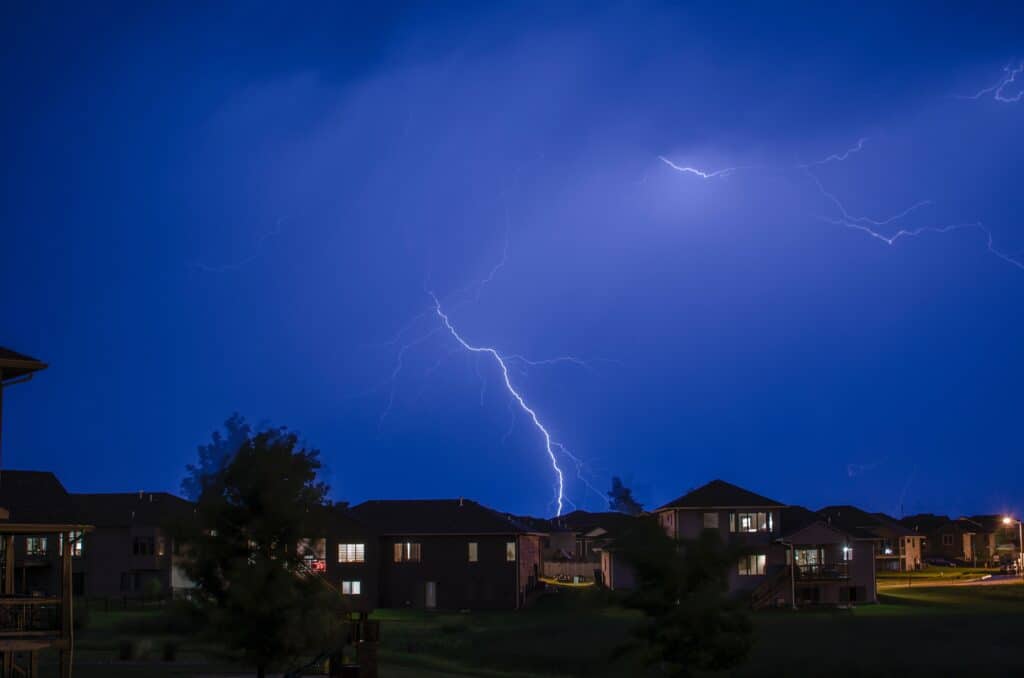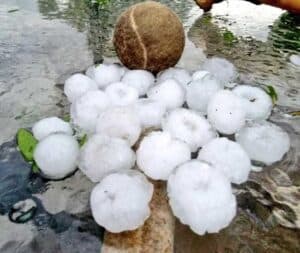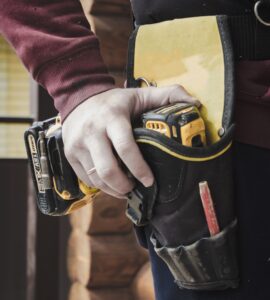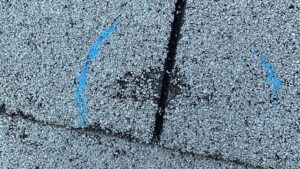It’s safe to say that if you reside in Minnesota, you’re already familiar with hail storms and all the problems they cause. Homeowners must exercise caution as long as these deadly storms continue to frequent the Midwest. This season alone, a major hail storm hit the St. Paul and Lake Elmo areas and many houses needed roof replacements due to the hail damage.
Living in Minnesota, there’s a good chance your home will get hit with a hail storm. If you catch roof damage early, you can stop further harm from occurring, but what if you miss it at first? You probably have a lot of questions if you’re only now becoming aware of damage to your home caused by a previous hailstorm. You’ve come to the right site, so don’t worry. The most important questions regarding dealing with hail storm damage to your home after a storm are addressed below.
What is the deadline for filing your hail damage insurance claim?
The first query you’ll probably have is how long you have to register your claim after discovering hail damage.
Even while it’s usually advisable to file your claim as soon as possible, there are a number of situations that can make that challenging, the first of which is the fact that you didn’t even realize your home had been destroyed until much later.
The deadline for submitting insurance claims for storm damage varies from state to state. You have a maximum of two years in Minnesota. But it doesn’t imply you should put off taking care of it, especially if your homeowner’s insurance has any deadline restrictions.

Why it’s Vital to Address Hail Damage Immediately
The sooner you can get your property fixed after experiencing hail damage, especially to your roof, the better.
Here are just a few examples of how even little hail damage to your roof can eventually cause serious issues:
Missing and cracked shingles
The shingles on your roof are crucial to the security of your house. Strong winds that accompany severe storms or large hailstones can seriously damage shingles, cracking or destroying them entirely. In either instance, this exposes your roof to the weather, which lets moisture inside.
Mold, mildew, and rot are caused over time by this dampness. All of these things translate to substantial, expensive repairs that could have been avoided on your house as well as the impact to you and your family’s health.
Broken gutters
Your gutters aren’t the only thing that might get damaged. Storms with hail can make your gutters less secure on your roof, which could result in them breaking off and causing damage.
Storms involving hail can quickly fill your gutters with debris as well. The gutters will overflow onto your roof if they can’t drain properly, causing standing water that will eventually seep past the shingles and into your house.
Visible fiberglass mat
Usually, the fiberglass mat on your roof is concealed by the shingles. The mat becomes vulnerable to damage if these shingles are torn off by strong winds or damaged to the point where they expose the mat.
The likelihood of moisture entering your insulation and home increases if the fiberglass mat sustains damage, which can result in cracks and tears.
These are but a few examples of the harm hail storms may do to your house, but regrettably, these effects aren’t often evident right away. Sometimes an issue may not even be visible until significant harm has already been done and is obvious.
Even after the storms have passed and the sky have cleared, these unpleasant surprises can still occur. Hail damage left without repairs can cause serious damage to your home over time.
How to detect storm damage to your roof early
The Moment a Hail Storm Ends:
Schedule a roof inspection
After a hail storm roofing companies are often booking roof inspections for hail damage. Most reputable Twin Cities roofing companies offer inspections completely free of charge.
In the meantime you can conduct an initial inspection on your own. Examine your property on foot for indications of damage. Look for shingles or grains on the ground. Don’t forget to glance up, keep an eye out for indications of missing shingles, exposed timber, or discoloration.
Use your binoculars to get a better view at your roof from the ground if you have a pair.
Examine your gutters
Keep a watchful eye on your gutters as you go about your home. Look for drooping or signs that they are clogged with trash. Keep a tight eye on your downspouts. If you notice granules, the tiny specks that act as your shingles’ protective layer, you have roof damage that needs to be repaired.
Examine the metal parts of your house’s exterior
Hail storms can also cause damage to the metal parts of your roof, such as the fascia, soffit, and roof flashing.
Soffits are tiny roof vents that help with ventilation. Your home’s ability to “breathe” will be affected if these are damaged, which could cause problems in the future.
A thin metal layer called flashing keeps water from entering your house. You’ll need assistance if you notice any broken metal underneath your roofing.
Your gutter attaches to a decorative metal piece called the fascia. This metal piece, also known as “transition trim,” offers a safe location to attach your gutters without endangering the roof. Before water damage can develop, you must have any damage in this area addressed.
When it comes to taking care of your home, there is no problem that is too small to handle if you detect any of these problems or anything else that doesn’t look right. It’s better to err on the side of caution than to ignore more serious issues.
What happens if you discover hail damage later?
It’s simple to overlook damage, especially to the parts of your roof that are harder to view. It makes sense if that’s the case.
Discuss your options with your agent. While temporary modifications are frequently allowed, attempting to make your own permanent fixes may render your claim invalid and result in its denial. Before doing any home repairs, check with your insurance agent.
Make sure to record each stage of the process, including the dates and times of everything starting from the moment you first see the damage, in case you need it later.





